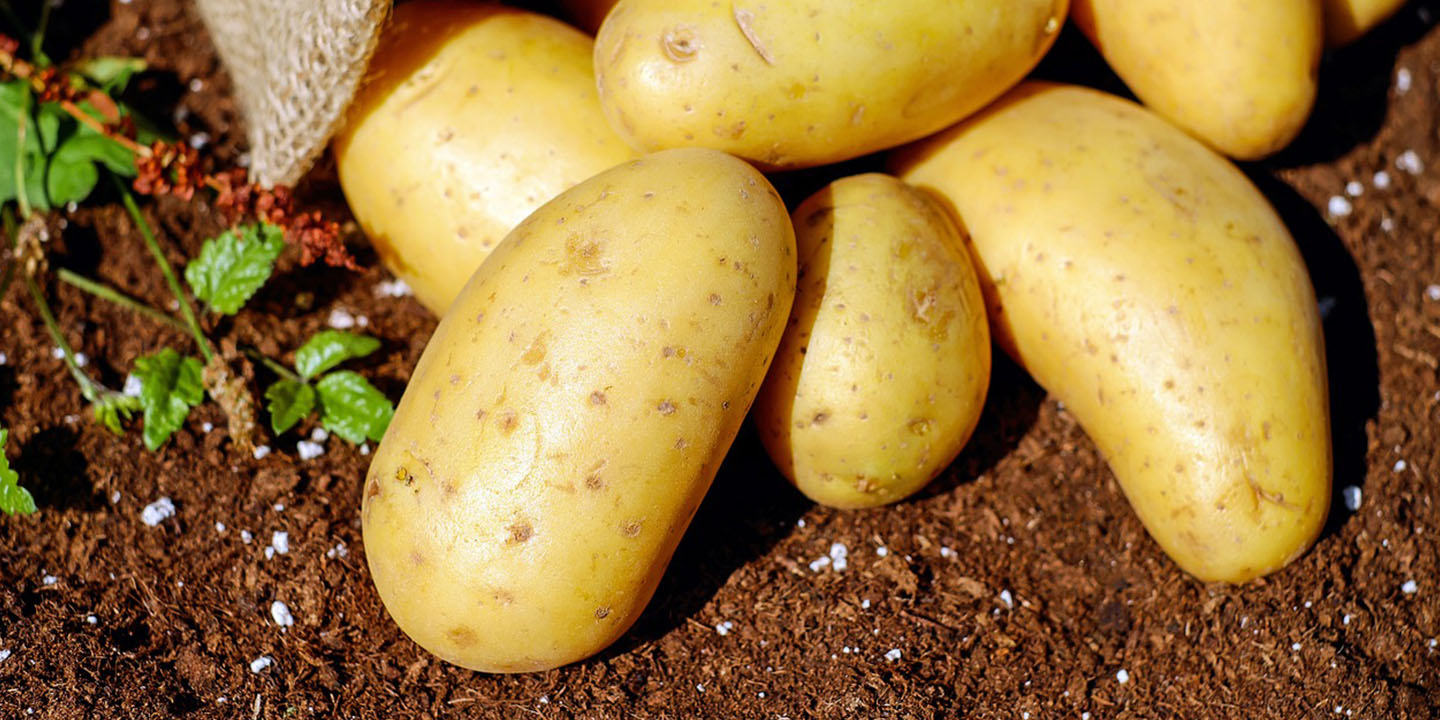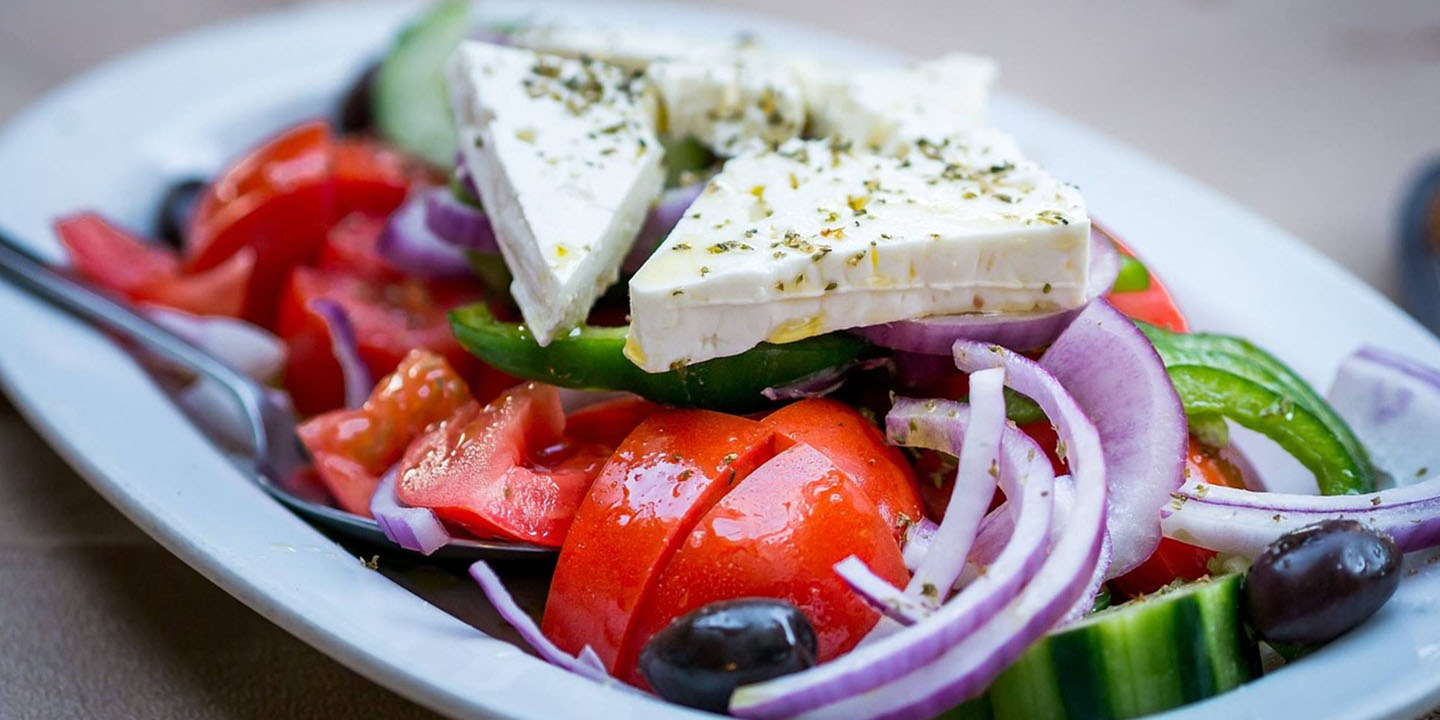Yummy…Or Not?
That face you make when eating certain vegetables isn't dramatic—it's biology. Some contain compounds designed to taste terrible as natural defense mechanisms. Meanwhile, some options hide incredible flavors that most people never discover. These surprising tastes come down to the unique chemicals each plant carries. How we prepare them can also completely change the experience. Here are 10 that most people avoid and 10 that deserve reconsideration.
1. Turnip
Historically relegated to animal feed across parts of Europe, turnips have long been considered unfit for refined palates. High glucosinolate content creates a sharp, pungent taste that becomes even more aggressive when the vegetable is overcooked or eaten raw.
2. Bitter Gourd
Some varieties are spikier and more bitter than others, making this vegetable a true test of culinary courage. The intense bitterness comes from high levels of quinine and momordicin, compounds that attack your taste buds with an almost medicinal intensity.
 Novariandy Chandra on Unsplash
Novariandy Chandra on Unsplash
3. Celery
Did you know that wild celery tastes more potent than its domesticated cousin? The stringy texture alone turns off many eaters before they even process the bitter taste. Unfortunately, even celery juice became a short-lived health fad, containing apigenin.
4. Radish
Ancient Greeks believed radishes possessed medicinal powers, perhaps because anything that burns your mouth so intensely must be doing something important. Mustard oils called isothiocyanates give raw radishes their peppery bite, but consume too many and you'll experience a burning aftertaste.
5. Brussels Sprouts
These tiny cabbages used to top lists of "most hated" vegetables, earning their reputation through years of overboiled, sulfur-heavy presentations. Sulforaphane and glucosinolates bring about that distinctive taste. It is said that their flavor worsens dramatically if overboiled or under-roasted.
6. Okra
Egyptians cultivated okra 2,000 years ago, but forgot to warn future generations about its most notorious feature. High mucilage content develops a slimy, off-putting texture that makes many people recoil on first contact. When overcooked, it picks up a grassy taste.
7. Parsnip
After the first frost hits, parsnips actually become sweeter. However, falcarinol and polyacetylenes still contribute to an earthy, soapy aftertaste. Note that poor storage makes them even more bitter. Some people note hints of ginger or even a zesty "twang".
8. Kale
Sulfur compounds load kale with pungent and peppery flavors. Besides, the leaves are so tough that they often require a massage or blanching just to make them chewable. Kale also contains high amounts of insoluble fiber, which can cause digestive discomfort.
9. Collard Greens
Raw collard greens have a smoky, grassy, vegetal flavor with subtle sweetness, tanginess, and a noticeable sourness that can be off-putting to many. Several folks find collard greens more palatable when cooked with flavorful ingredients like smoked meats (ham hocks and bacon).
10. Swiss Chard
Related to beets rather than spinach, Swiss chard carries its own unique set of flavor challenges. What gives it that metallic, bitter edge are the oxalates. Plus, those colorful stems, while visually appealing, are actually more pungent than the leaves.
 Photograph by Mike Peel (www.mikepeel.net). on Wikimedia
Photograph by Mike Peel (www.mikepeel.net). on Wikimedia
Now, let’s look at the unexpectedly tasty ones.
1. Carrot (Raw)
Orange carrots are a Dutch invention from the 17th century, created through selective breeding to honor the Dutch royal family. Raw carrots pack a high natural sugar content of up to 5–6%. The crunchy texture furthermore enhances the snacking experience.
2. Zucchini (Grilled Or Roasted)
Popular in low-carb noodles called "zoodles," zucchini has found new life in the health-conscious movement. It contains 95% water, making it low-calorie and refreshing. Mild in flavor, zucchini becomes sweet and nutty when cooked properly. Its flowers are also edible delicacies.
3. Sugar Snap Peas
High in vitamin C and fiber content, sugar snap peas are a nutritional winner, but it's their unexpected sweetness that converts even the most ardent vegetable skeptics. Unlike many greens that require elaborate preparation, these deliver maximum flavor with zero cooking.
4. Sweet Corn
Flavor fades rapidly after harvest, which is why the best sweet corn is often eaten fresh, straight from local farms. Originally domesticated long ago in Mexico, corn has been delighting taste buds for millennia. It has a naturally high sucrose content.
5. Butternut Squash
Culinarily, butternut squash is treated as a vegetable due to its savory essence and everyday use in cooking. It is typically prepared in dishes such as soups, stews, roasted vegetables, and casseroles. Butternut squash grows on a warm-season annual vine.
6. Bell Pepper (Red)
Red bell peppers challenge botanical classifications. How? By providing pure sweetness without compromise. Red varieties contain almost 11 times more beta-carotene than their green counterparts. Additionally, they contain no capsaicin, making them accessible even to those who can't tolerate any heat.
7. Beetroot (Roasted)
Used as a natural red dye in foods and cosmetics, beetroot's vibrant color hints at the intense flavors waiting inside. It has geosmin, the same compound responsible for that characteristic rusty smell after rain, but roasting turns this coarseness into sweetness.
 Vegan Feast Catering on Wikimedia
Vegan Feast Catering on Wikimedia
8. Green Peas
Frozen peas actually retain flavor better than fresh ones. They are versatile and can be used in a variety of dishes—from simple steamed sides to soups, salads, risottos, and even purees. Their mild flavor also pairs well with herbs like mint.
9. Romanesco
This vegetable belongs to the Brassicaceae family, closely related to broccoli. Flavor-wise, romanesco has a mild, nutty, and subtly sweet taste that is often seen as a cross between broccoli and cauliflower, but with a less bitter taste and a chartreuse color.
10. Watercress
Watercress has a peppery, slightly spicy taste and is prized for its impressive health benefits. Its crisp texture and bright, fresh taste add a lively contrast to milder greens, and cooking watercress tends to mellow its pungency, making it more tender.
KEEP ON READING

The 5 Most Consumed Foods in the Entire World
























